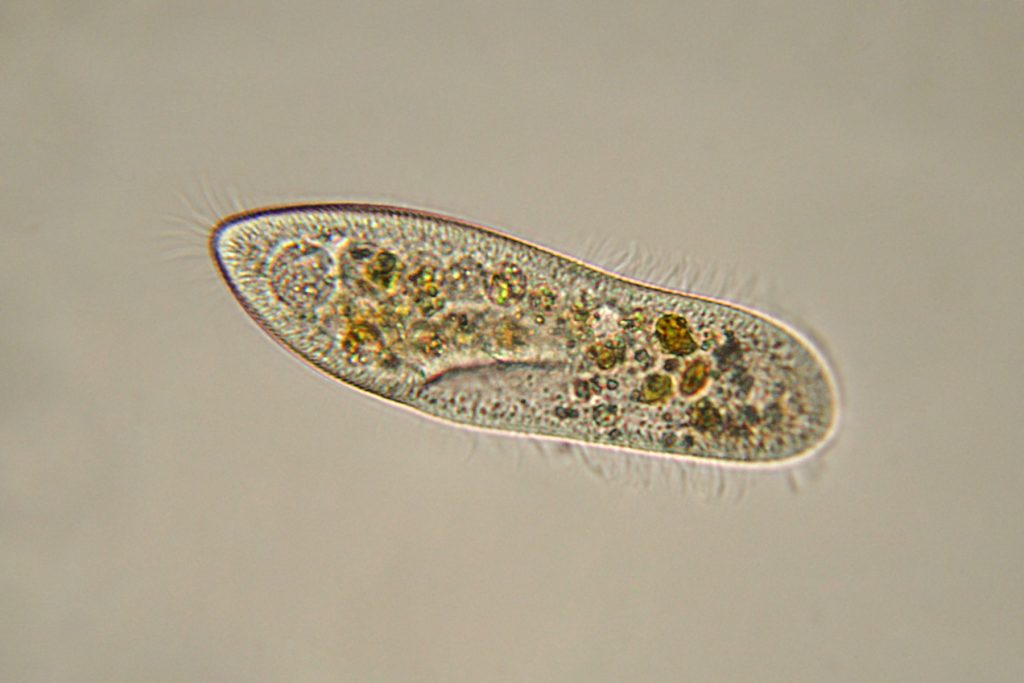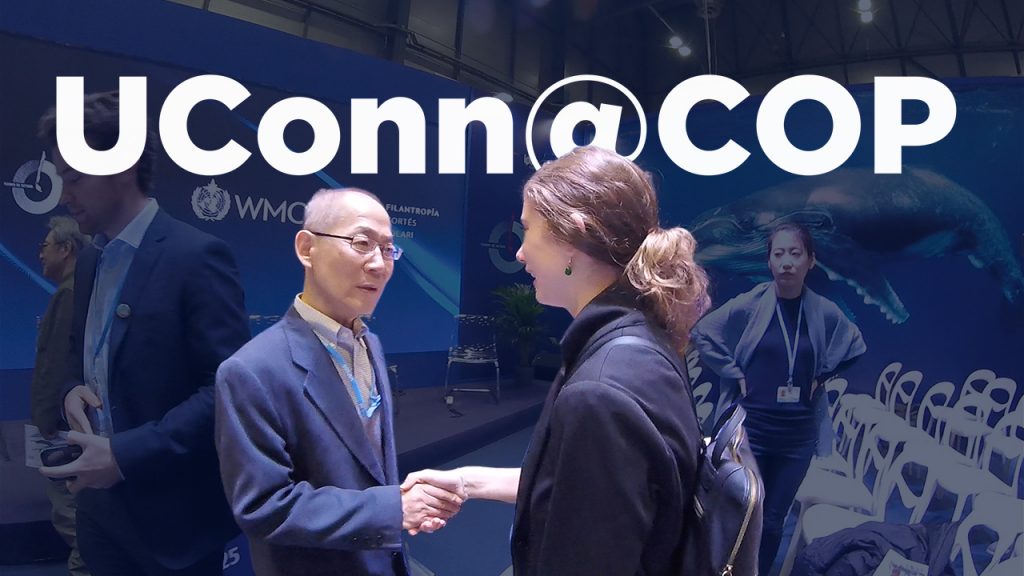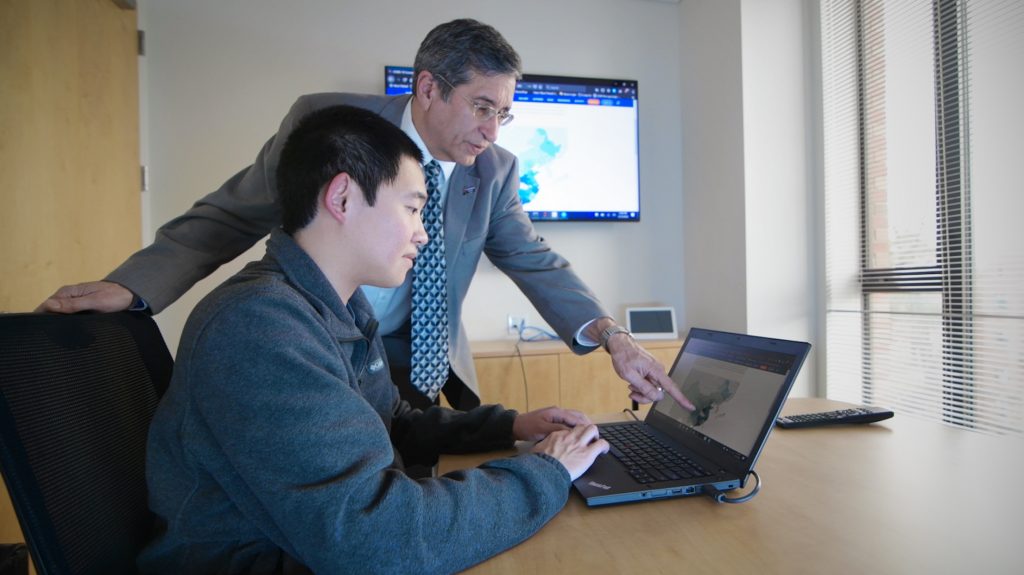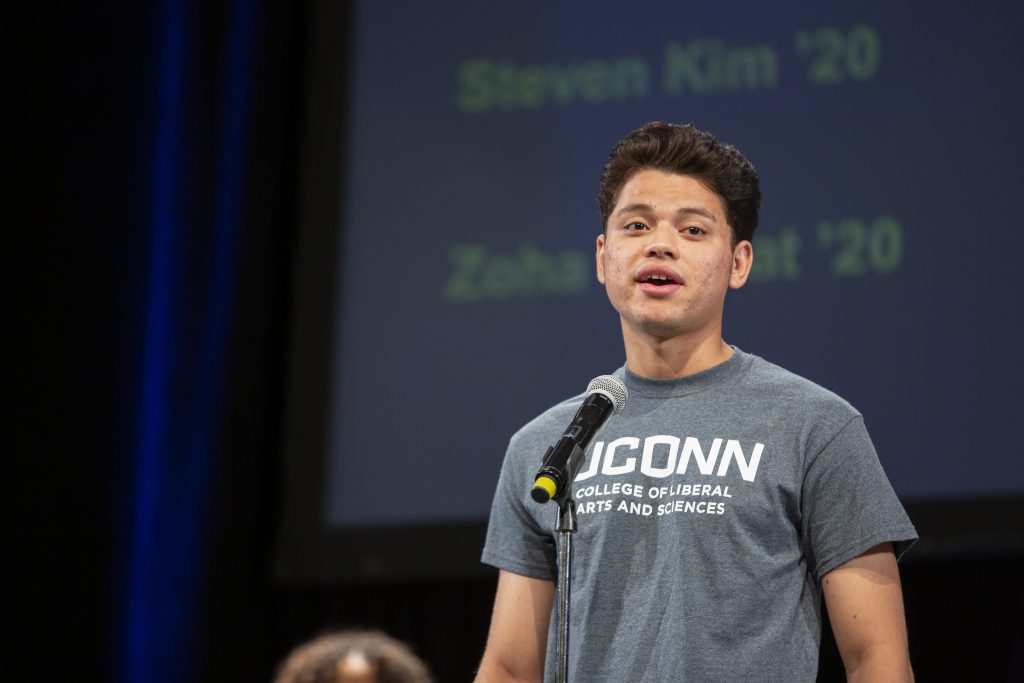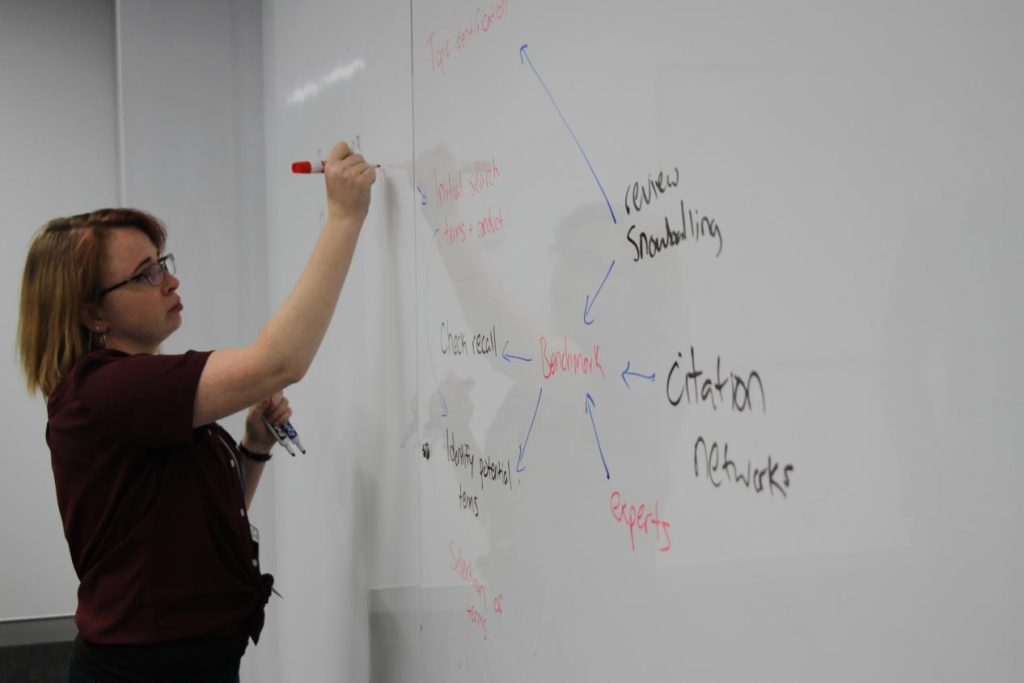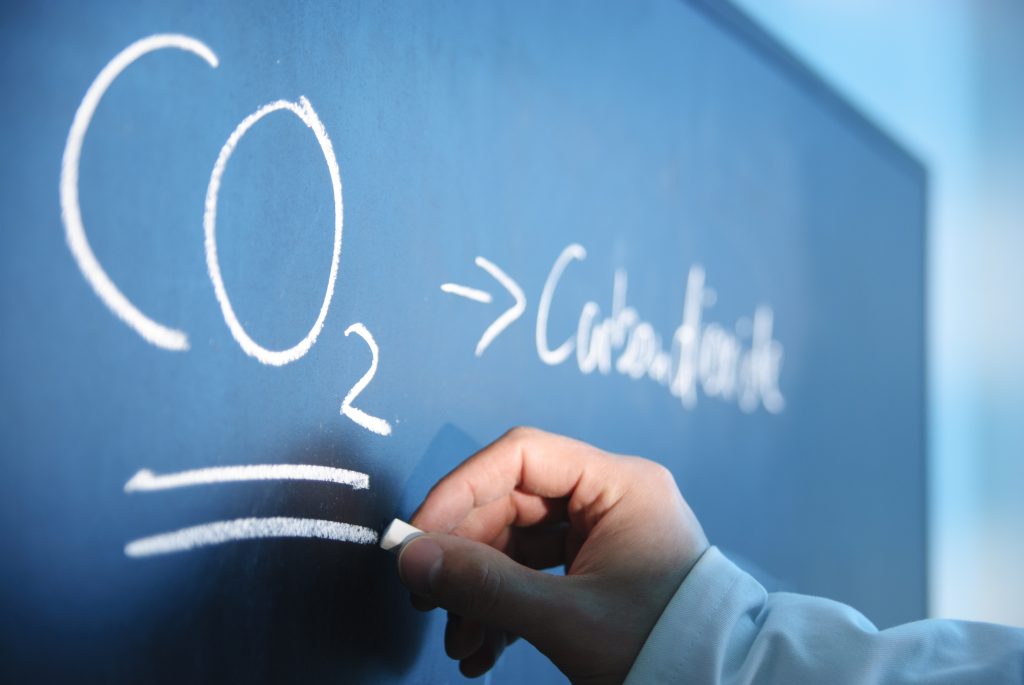College of Liberal Arts and Sciences
Humanities Institute Fellow Examines Archive of School Shootings Fiction
Humanities Institute Fellow Hayley Stefan has created an online resource to examine fictional accounts of school shootings.
April 7, 2020 | Kenneth Best
A Roadmap to Transform Protist Research
An international group of scientists from over 40 research groups, including UConn marine science professor Senjie Lin’s team, collaborated to create the tools necessary for studying the genetic details of a broad range of microscopic marine creatures called protists.
April 6, 2020 | Elaina Hancock
Op-Ed: Why People Need Rituals, Especially in Times of Uncertainty
A UConn anthropologist explains the value rituals play in the lives of individuals and societies - especially in times of widespread confusion.
April 3, 2020 | Dimitris Xygalatas, Department of Anthropology
UConn Students Participate in Global Climate Change Forum
A video documents how the 2019 UN forum on climate changed has influenced UConn students.
April 3, 2020 | Combined Reports
UConn Student Tracks Pandemic With Data
An MS student at UConn has created a website to track the spread of coronavirus in Connecticut.
April 1, 2020 | Tom Breen
Quantum Effect Triggers Unusual Material Expansion
New research conducted in part at UConn may bring a whole new class of chemical elements into a delicate materials science balancing act.
March 30, 2020 | Combined Reports
UConn is Home
A video by student Zifan (Ivan) Zhang captures a home truth about UConn.
March 27, 2020 | Combined Reports
UConn’s Fifth Newman Civic Fellow Pursues Social Change Through Public Policy
Michael Hernandez ’22 (CLAS) is UConn’s fifth Newman Civic Fellow, honored for his political activism and service to his community.
March 27, 2020 | Amanda Song, College of Liberal Arts & Sciences
Evidence Synthesis: Better, Stronger, Faster
An international team of researchers have ideas about how to synthesize mass amounts of data.
March 27, 2020 | Elaina Hancock
UConn Joins National Teaching Effort to ‘Solve Climate By 2030’
UConn will participate in a nationwide online education effort April 7 to help teachers design classes around climate issues.
March 25, 2020 | Elaina Hancock

